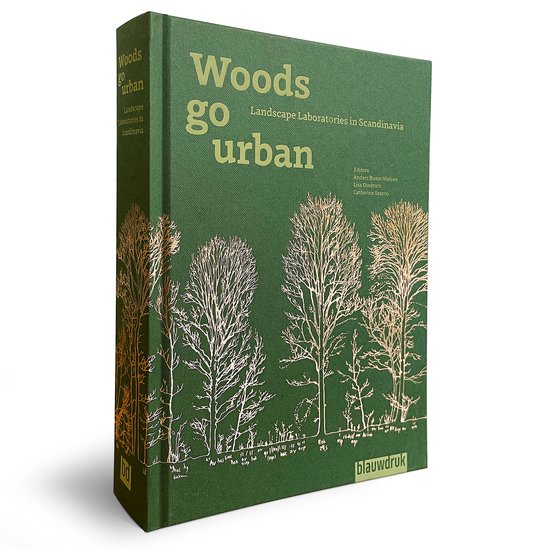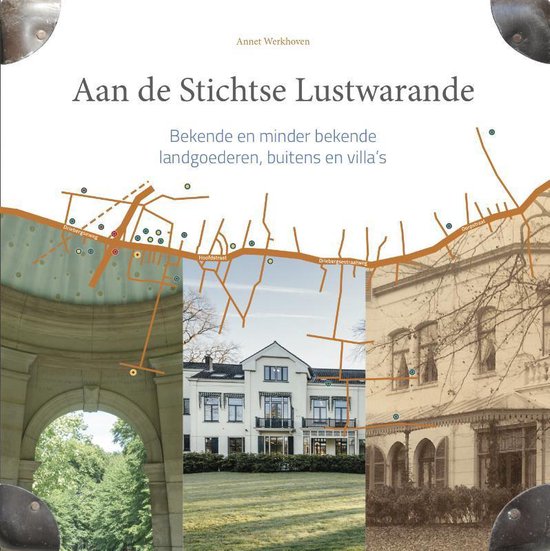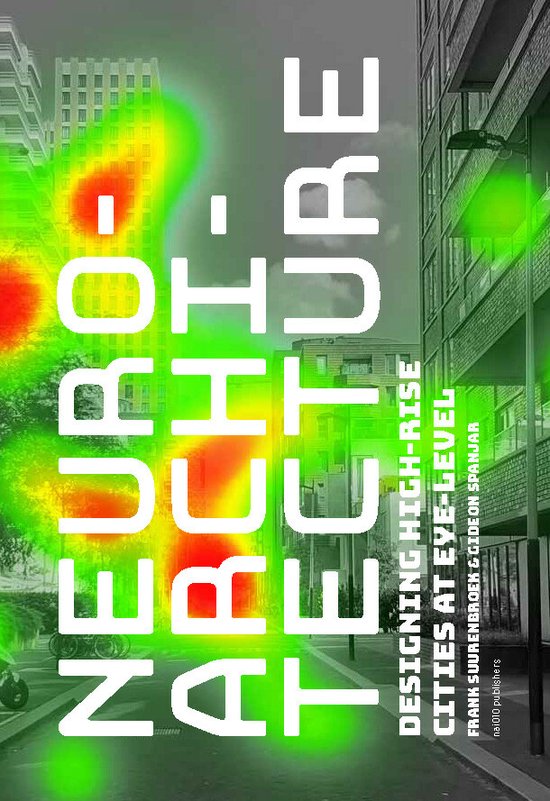
Woods go urban
Let’s bring the woods into our ‘cities’ The planet is urbanizing. More than fifty percent of humanity lives in cities. Not all of those cities resemble the densely populated city centers of, for example, historic Paris or towering Manhattan. Most of our cities are made up of loosely built-up areas where urban and countryside meets in a mix of residential districts, shopping centers, residual nature, industrial areas, highways, agricultural lands, farms and villages.
Urbanized territories need to be adjusted urgently We need to increase the vegetation cover in these highly populated regions to adapt them to climate change and to support a wider range of ecosystem services: the conservation of biodiversity and the development of recreational areas. Put simply, parks and other types of green spaces need to become more wooded and urban woods must become a new dominant category of public space in urbanizing regions.
Cities of trees
People are naturally inclined to congregate in communities. So are trees. Most trees live together in forests, woodlands, or simply woods. They are the cities of trees, and we love them! We often say to one another, let’s go to the woods. But what if it was the other way around? If the woods came to us, into our cities? This reflection might seem obscure. At a second though however, it just might be the most logical and right thing to do. In academia, planning, policy, as well as in society at large, claims about the benefits of urban woods are multiplying.
Laboratories in the woods
More than thirty years ago, three landscape laboratories were created in Sweden and Denmark to provide space for experiments with alternative forest development. Since then, the laboratories have evolved. They continuously developed as an expression of the place-contextual dialogues and experiments between academics, students, practicians and residents. The laboratories represent an innovative approach in which design and management merge seamlessly into creative management in space and time. All this in the search for answers to the pressing question of what urban woods can mean and thus become in the future.
Bridging knowledge cultures
In Woods go urban fourteen experienced landscape architects with extensive academic and professional experience share – for the first time – their knowledge and insights on the creation and management of the landscape laboratories in Scandinavia, emphasizing the links to vegetation, management, communication and local engagement.
Based on four decades with 1:1 experiments and hands on experiences in the landscape laboratories, deep knowledge is presented to you about how to actually cultivate urban woods in open-ended approaches where production, management, biodiversity, and aesthetics enrich each other and makes all phases of development meaningful.
The experiments and experiences bridges different disciplines: forestry and landscape architecture, urban and rural culture, design and management, lay-person and specialist. As such, Woods go urban provides insights for many professions and inspiration for urban regions, and entire nations that aim to transform policy goals and planning documents into creating and managing experienceable and living woods, in every place, now and for the future.
| Auteur | | Anders Busse Nielsen |
| Taal | | Engels |
| Type | | Hardcover |
| Categorie | |

